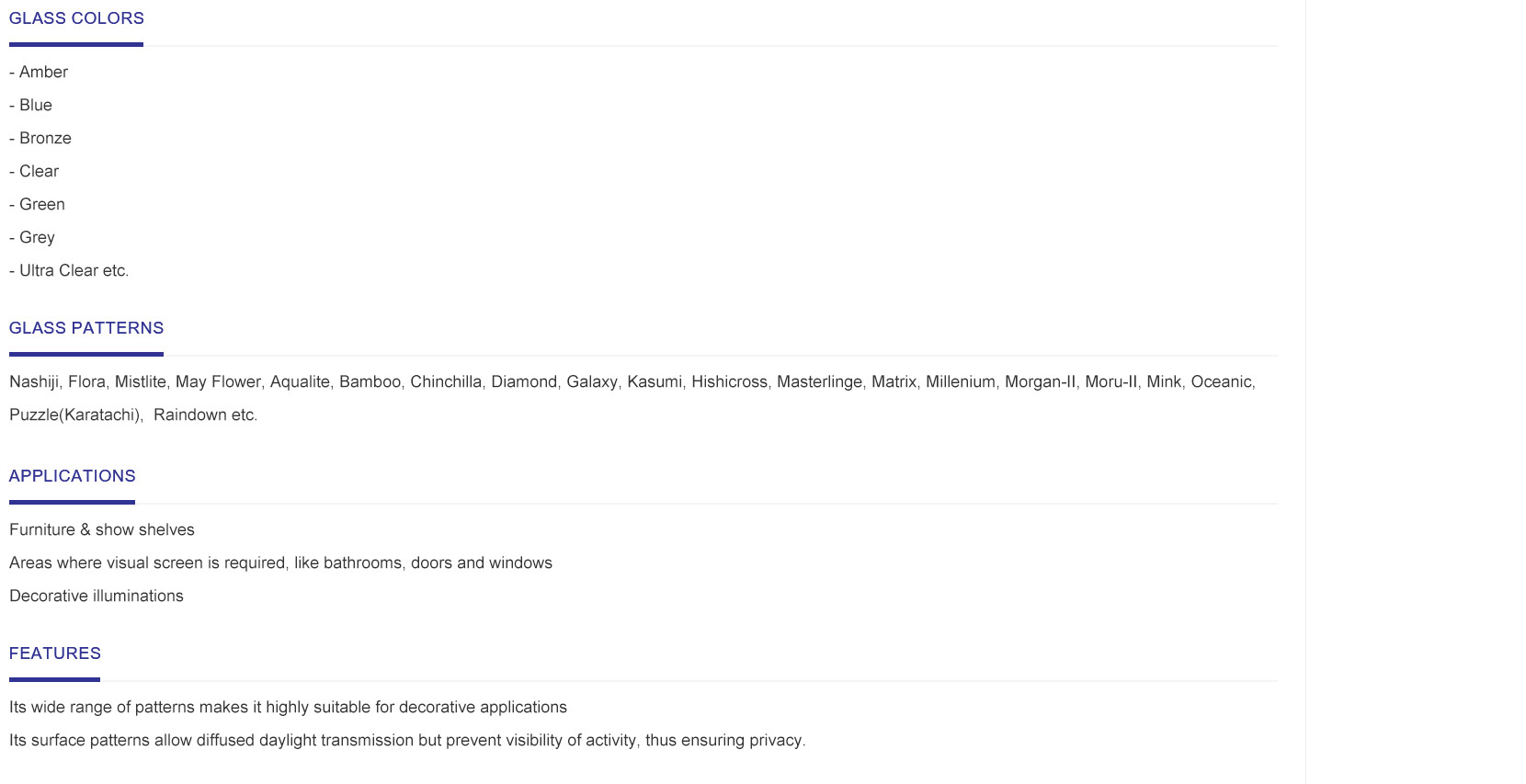

Embracing the Allure of Dark Reflective Glass
In the realm of modern architecture and interior design, dark reflective glass has emerged as a striking choice, offering both aesthetic appeal and functional benefits. This material not only enhances the visual dynamics of buildings but also serves practical purposes that align with contemporary design philosophies. As urban environments continue to evolve, the use of dark reflective glass becomes increasingly prevalent, reflecting not just the surroundings but also the innovative spirit of modern design.
Aesthetic Appeal
One of the most compelling reasons for the popularity of dark reflective glass is its stunning visual impact. When used in facades, it creates a dramatic appearance that can transform the character of an entire building. The reflective quality allows structures to blend harmoniously with their surroundings, echoing the colors and textures of the natural environment. During the day, the glass reflects the sky and nearby landscapes, while at night, it can become a canvas for lights and colors, providing a dynamic visual experience. Architects and designers favor this material not only for its elegance but also for its ability to create a sense of depth and intrigue.
Energy Efficiency
Beyond aesthetics, dark reflective glass plays a crucial role in energy efficiency. It is designed to block ultraviolet (UV) rays and reduce heat gain, contributing to more stable indoor temperatures. This characteristic is particularly beneficial in areas with high levels of sunlight, as it minimizes the reliance on artificial cooling systems. Consequently, buildings utilizing dark reflective glass can achieve significant energy savings, making them more sustainable and environmentally friendly. This aspect aligns with the growing trend in architecture towards green building practices and sustainability.

Privacy and Security
Another advantage of dark reflective glass is the enhanced privacy it offers. The reflective surface can obscure views from the outside while allowing those inside to enjoy an unobstructed view of the surroundings. This feature is especially desirable in urban settings where proximity to neighboring buildings can compromise privacy. Furthermore, the strength and durability of reflective glass make it a secure option for windows and doors, adding an extra layer of safety without sacrificing style.
Challenges and Considerations
Despite its many advantages, the use of dark reflective glass is not without challenges. One major concern is the potential for solar glare, which can affect both people and the environment. To mitigate this, thoughtful design and strategic placement of windows are essential. Additionally, the maintenance of dark reflective surfaces requires regular cleaning to prevent smudges and dust from diminishing their aesthetic appeal. Property owners and facility managers must consider these factors when choosing to incorporate this material into their designs.
Conclusion
Dark reflective glass represents a harmonious blend of beauty and functionality. Its ability to enhance the visual allure of buildings while providing benefits such as energy efficiency, privacy, and security makes it a preferred choice for modern architects and designers. As urban landscapes continue to evolve, the incorporation of such innovative materials reflects a commitment to both style and sustainability. In embracing dark reflective glass, we not only enhance our physical spaces but also contribute to a broader architectural narrative that values both aesthetics and environmental responsibility. The future of design is undoubtedly brighter—and more reflective—thanks to this versatile material.